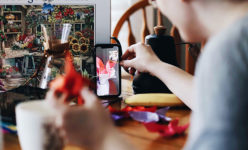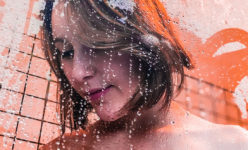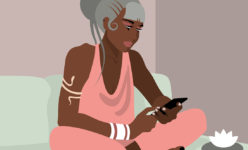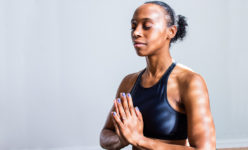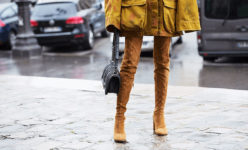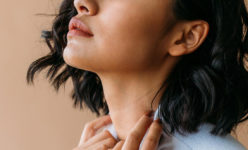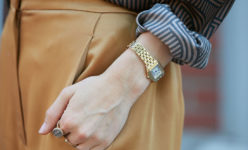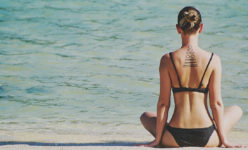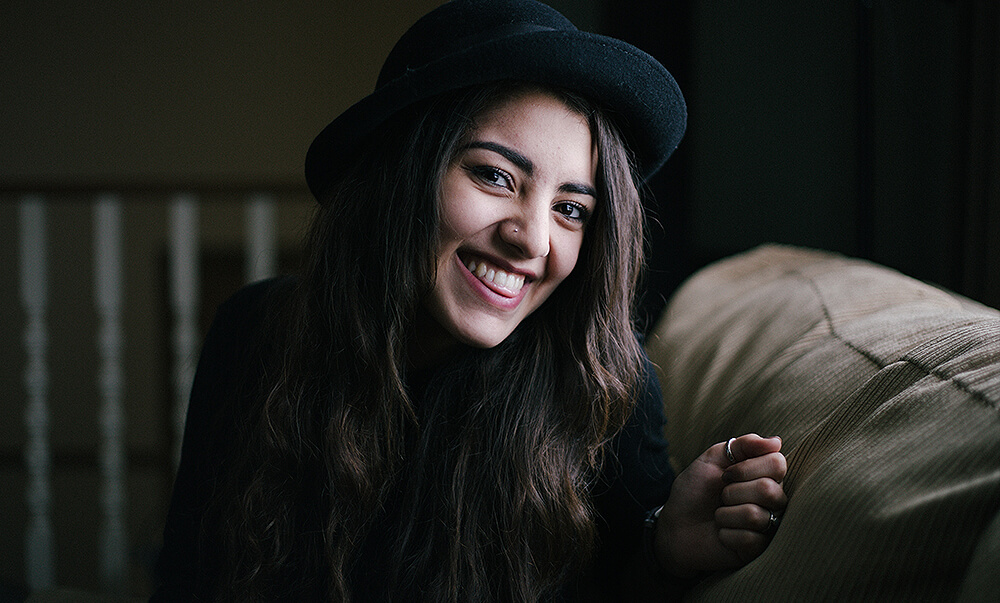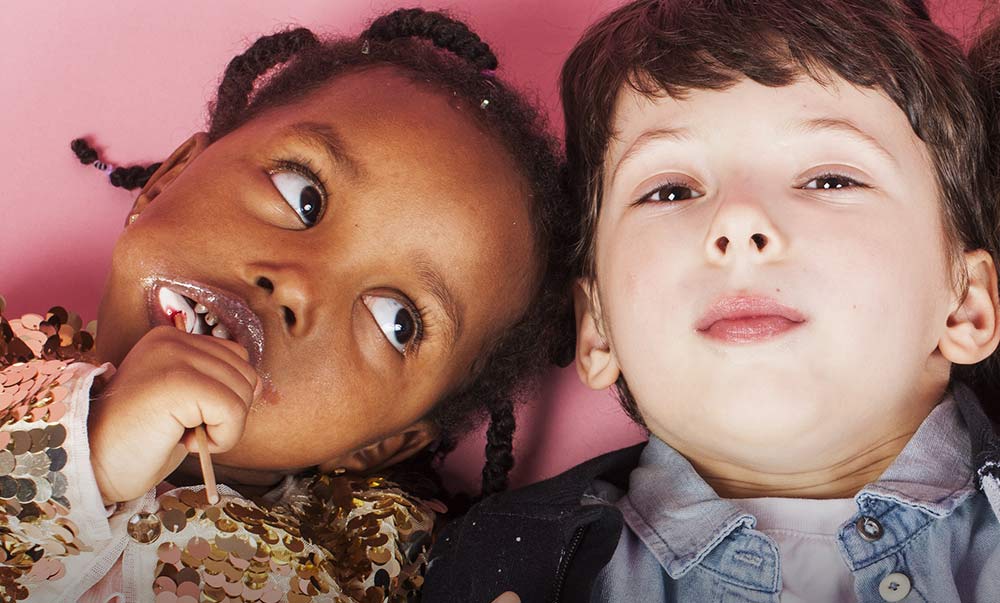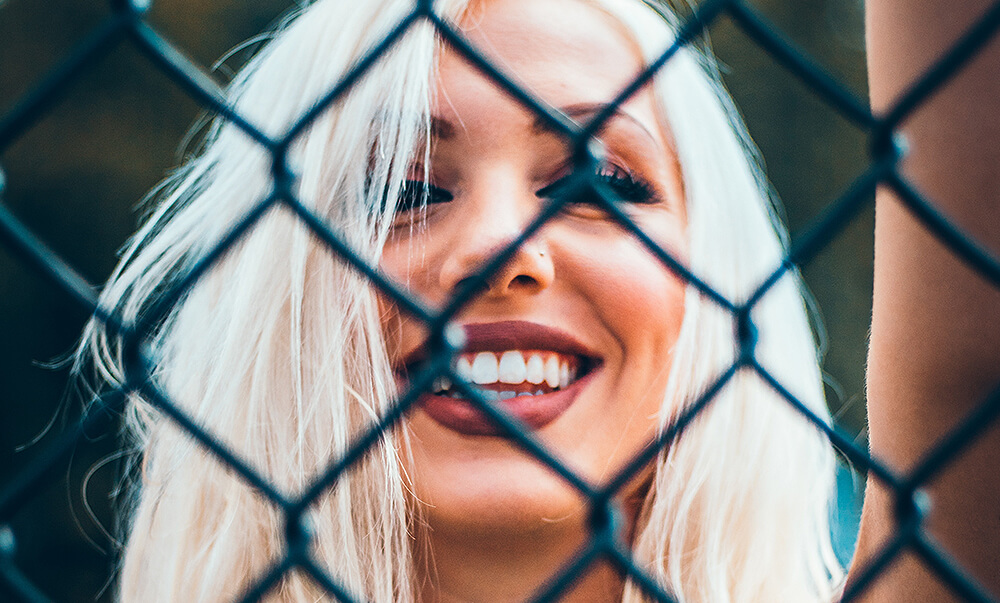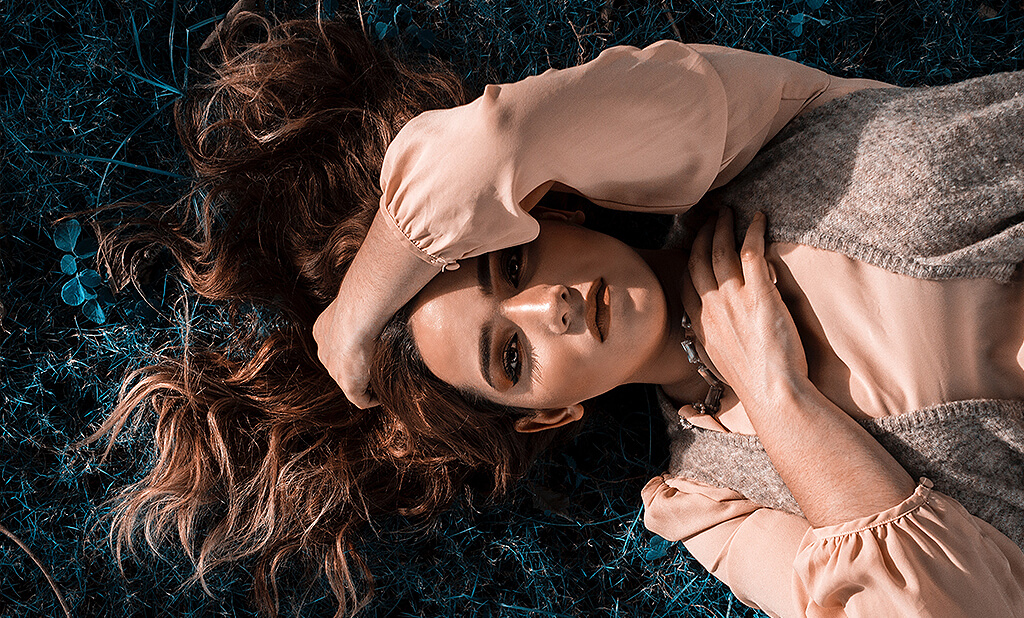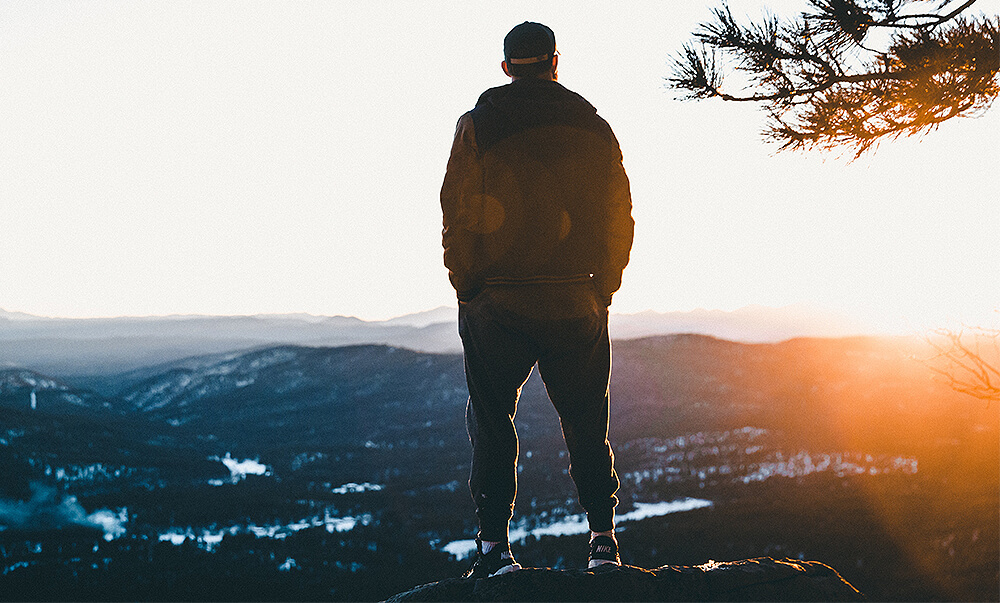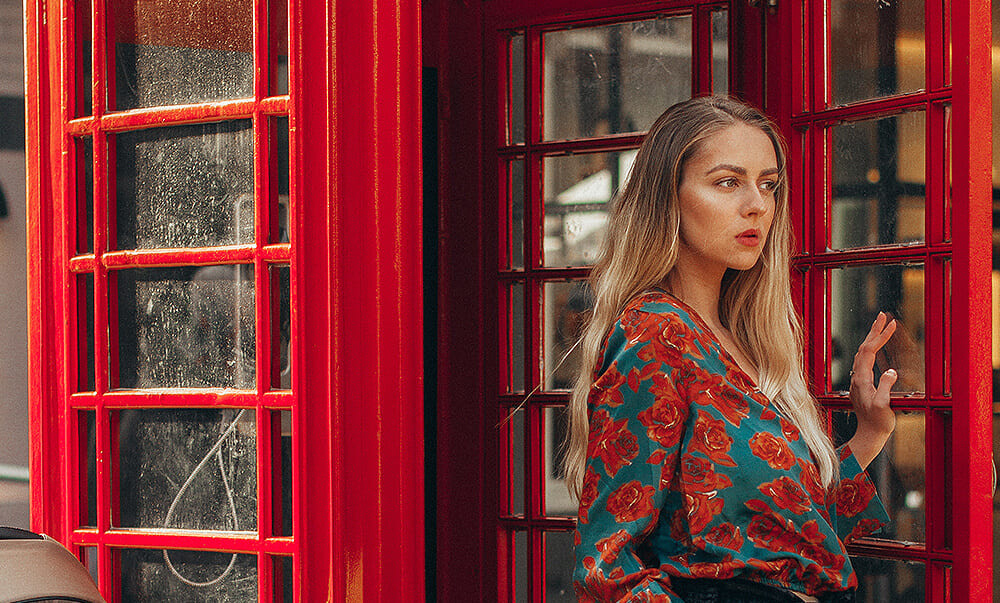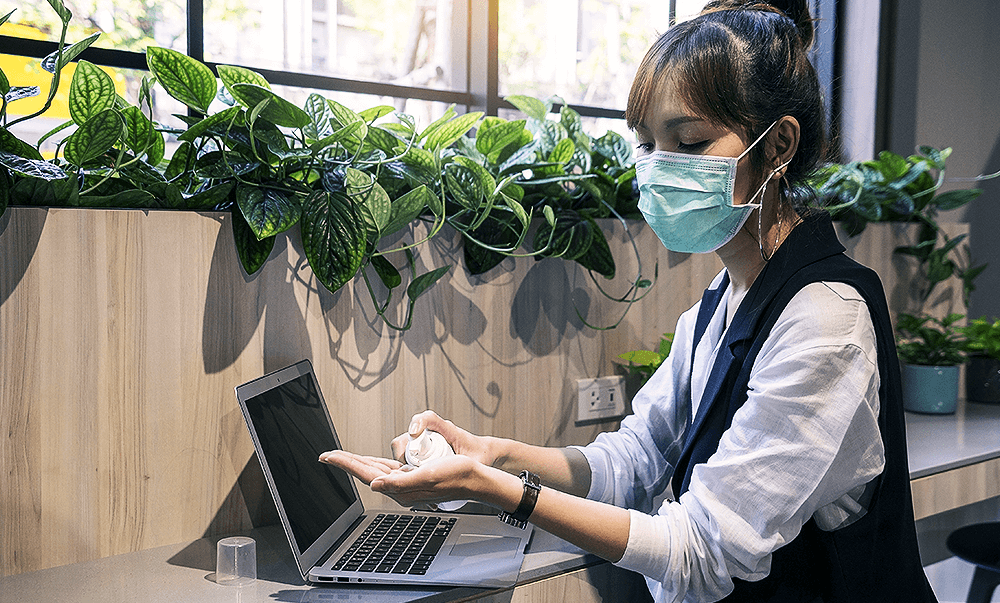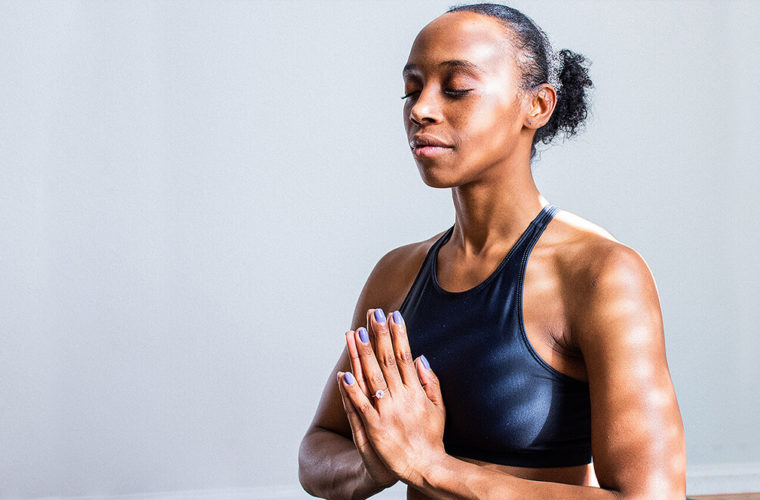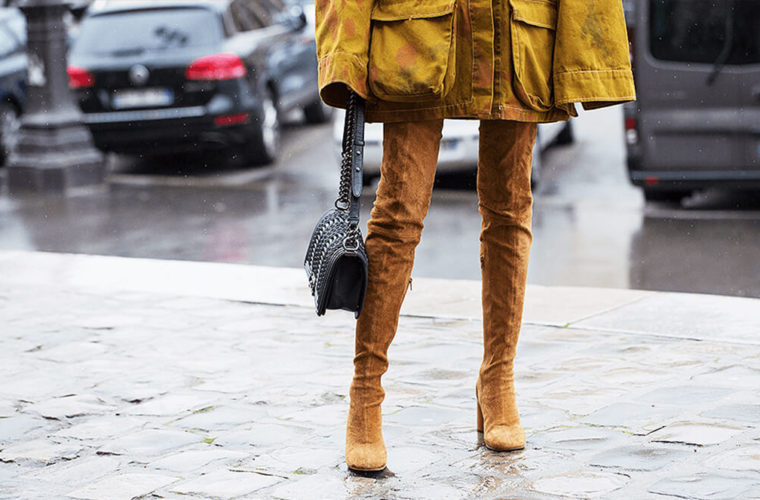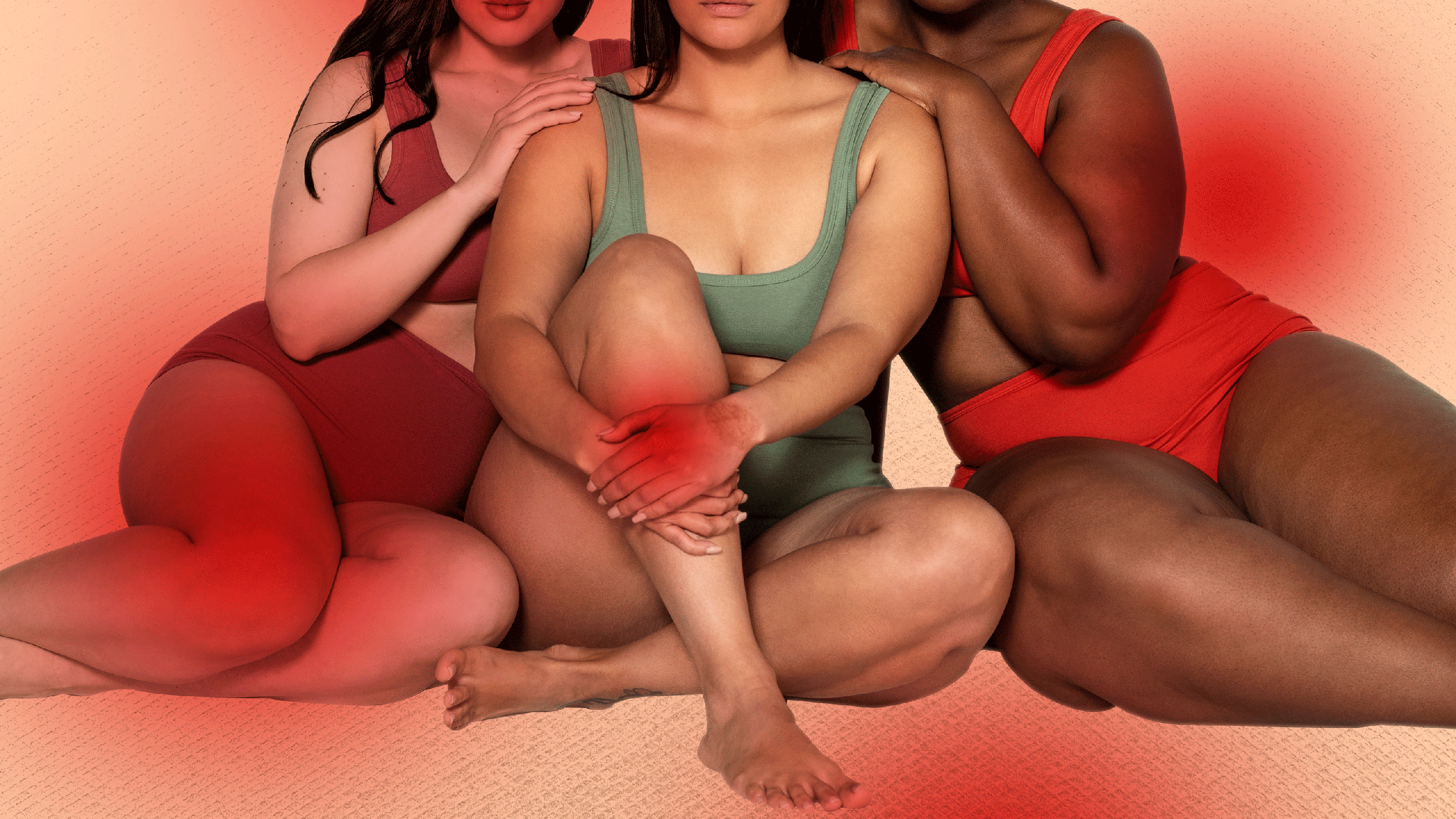
hen I first encountered red light therapy (RLT), I thought I’d found the holy grail of health treatments. It sounds like actual magic: With the flick of a switch, a dose of red light is rumored to cure everything from acne to sore muscles from the cellular level up. No chemicals, no down time. But as with most magical-sounding health cure-alls, you have to wonder: Too good to be true? There is a lot to be excited about, according to experts, but RLT isn’t totally free of controversy, either. Here’s how red light therapy works, and which of its claims are legit and which remain shady. ___________________________ RLT works its magic by delivering safe, concentrated wavelengths of natural light into your skin (around five millimeters, to be exact), where it’s absorbed by your cells. This “stimulates the production of collagen, elastin, and fibroblasts,” says Rhonda Klein, M.D., a board-certified dermatologist in Connecticut. That in turn enhances a little something known as ATP, the source of energy for every cell in the body (read: natural energy sans a 3 p.m. caffeine crash). “RLT also boosts circulation, bringing more oxygen and nutrients to your cells and tissues,” Klein says. Translation? When your cells are hit with the red light wavelengths, a host of regenerative effects occur, leading to potential benefits like younger-looking skin, enhanced muscle repair, and diminished scarring. As evidence for the benefits of RLT mounts, so do ways to soak them up. Professional wellness spots—your dermatologist’s office, local spa, or maybe even a fancy gym—offer a variety of options, from full-body panels that allow you to bask in the glow to smaller devices for more targeted treatments. You can also do DIY treatments at home with a handheld red light device, red light face mask, or even a RLT bed, if you want to go all in. It’s not just any red light that delivers this performance-optimizing boost, however; two wavelengths of red light in particular—660 nanometers and 850 nanometers—deliver the best biological response, explains Michael Hamblin, M.D., an associate professor at Harvard Medical School. The former, 660 nanometers, is more quickly absorbed by the skin, making it the go-to for cosmetic treatments that address signs of aging, while 850 nanometer wavelengths penetrate deeper into your body to help with muscle recovery, joint pain, and full body health. In other words, you can’t just pop a red light bulb into your desk lamp and expect to jump-start a cellular time machine. When you visit a professional, you can expect a treatment utilizing one of these optimal wavelengths, but if you buy a DIY device, be sure to check that it specifies an output intensity. “With so many devices coming out online, it’s a good idea to consult a dermatologist or other skin-care specialist to guide you on the most effective choice,” says Klein. (You should also be wary of tanning salons that swap out UV bulbs for red bulbs in tanning beds and bill them as “antiaging” treatments, she adds.) Wolverine-esque wound healing is just one of the many benefits touted by proponents of RLT—and there’s no shortage of research to confirm it really does help you heal faster. A 2014 study found red light therapy promoted “increased tissue repair and healing…[plus] beneficial effects on wrinkles, acne scars, hypertrophic scars, and healing of burns.” When it comes to muscle repair and recovery, evidence suggests RLT has benefits when used both pre- and post-workout. A 2014 study found that the therapeutic technique led to reduced muscle strength loss, less muscle soreness, and fewer range-of-motion impairments for up to four days after exercise. A more recent 2018 study also proved that RLT both before and after exercise reduces knee muscle fatigue. Related: Are you ready for fabulous 2021? At the core of many of these benefits is RLT’s potential to reduce inflammation and pain. Researchers have found that RLT exposure can help reduce pain for osteoarthritis knee pain, meniscus tears, general knee pain, rheumatoid arthritis, and back pain. The data on red light therapy for pain relief is so convincing the FDA has approved it as a therapy for treating minor pains and arthritis. One of the most popular uses of RLT is to clear up skin issues like acne. “I wouldn’t traditionally recommend red light therapy for severe acne, but it’s a wonderful additive therapy that’s safe and well-tolerated by all skin types and tones,” says Angela Lamb, M.D., associate professor of the department of dermatology at the Icahn School of Medicine at Mount Sinai Hospital in New York City. The skin-clearing secret lies in RLT’s anti-inflammatory effects, says Klein. It also helps naturally decrease oil production and bacterial levels in your skin—no drying effects or harsh chemicals required. While there’s solid evidence that RLT benefits acne, the research is still lacking when it comes to psoriasis. “At this time, psoriasis probably has the least amount of data when it comes to red light therapy alone being an effective treatment,” says Klein. Okay, so how about that whole fountain-of-youth thing? There are plenty of studies to support RLT’s anti-aging prowess, such as a 2014 study that determined that users of RLT experienced significantly improved skin complexion and an increase in collagen. “Science shows that red light therapy protects existing collagen and boosts new production,” says Lamb. “Plus, it helps with texture, tone, pore size, and wrinkles.” Where red light does become controversial is how many rays you actually need to soak up to see results—researchers haven’t yet nailed down the optimal dose. When deciding how much, it’s best to err on the side of caution and consult a board-certified dermatologist before trying red light therapy at home, as you should with any new beauty procedure. Though there are little to no risks associated with the treatment, too much exposure or faulty equipment could damage the skin tissue leading to burns and blisters. Seek medical advice immediately for any burns. For those sensitive to bright lights, it’s also a good idea to make sure you have the option for some eye protection.
_________________________________________________________________________________________________________ __________________________________________________________________________________________________________Red light therapy is popping up everywhere from dermatologists’ offices to gyms, promising to cure all your health woes with the flick of a switch—and it’s actually pretty legit.
What is red light therapy?
Red light therapy benefits
Wound healing
Muscle repair and recovery
Pain relief
Skin issues
Antiaging
Red light therapy side effects
9 tips to boost your energy — naturally

